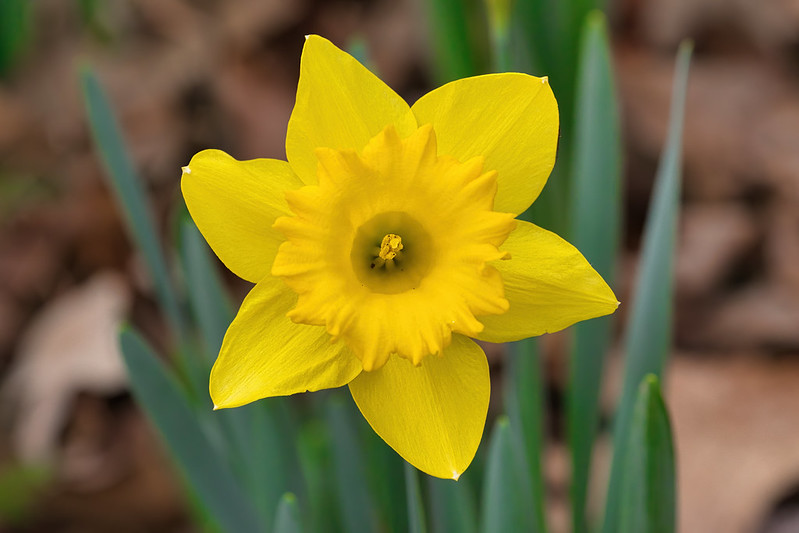As winter fades, the daffodil emerges as a bright herald of spring. Even in Arkansas, where recent rains have left some flowers drooping, its resilience shines through. This cheerful bloom symbolizes renewal and the promise of newborn wildlife. Across cultures, it carries diverse meanings, reflecting both nature’s cycles and interpretations of beauty and hope.

In Wales, the daffodil stands as the national flower, a symbol of pride and identity. Elsewhere, people see it as a representation of hope and resilience. Cancer charities often use it to inspire strength and optimism in their campaigns. In Iran, the daffodil plays a central role in Nowruz, the Persian New Year, where its vibrant yellow hues add joy to the celebrations. Its Western name, “narcissus,” ties to a Greek myth about vanity, but Eastern cultures view it as a sign of wealth and good fortune. Persian poets even compare its delicate beauty to captivating eyes, weaving it into their rich literary traditions.
The Daffodil in Western Traditions and Superstitions
In the West, people link the daffodil to spring festivals like Lent and Easter. In the UK, they call it the “Lenten lily,” a nod to its seasonal significance. However, some see its drooping head as unlucky, possibly because ancient Greeks planted them near graves or used white varieties in funerals. This association with mourning has led to mixed feelings about the flower in certain traditions.
To avoid superstitions, many recommend offering daffodils in bouquets rather than as single stems. Folklore often ties good fortune to multiple blooms, while a single daffodil may carry less positive meanings. For example, in some cultures, a lone daffodil is thought to bring misfortune, whereas a bunch symbolizes prosperity and happiness. This duality highlights the flower’s complex role in human storytelling and tradition.
The Practical and Ecological Significance of Daffodils
Beyond its symbolic meanings, the daffodil also holds practical significance. Gardeners cherish it for its hardiness and ability to thrive in cooler climates, often planting it in clusters to create stunning displays of color. Its early bloom time makes it a vital source of nectar for pollinators, supporting ecosystems as they awaken from winter’s slumber. Additionally, the daffodil’s bulbs contain compounds that have been studied for potential medicinal uses, further underscoring its value beyond aesthetics.
A Universal Symbol of Hope and Renewal
Regardless of cultural views, the daffodil’s beauty and resilience remind us of spring’s renewal and hope. Its arrival signals a time of growth, transformation, and new beginnings, offering a universal message of optimism. Whether admired in a garden, gifted in a bouquet, or celebrated in poetry, the daffodil continues to inspire and uplift, proving its enduring appeal across time and borders.
